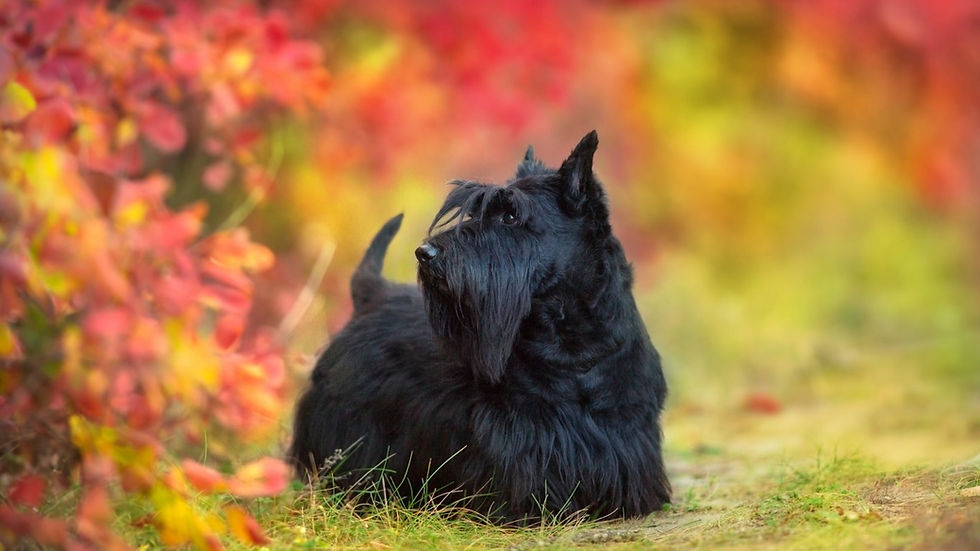Click the tartan to view its entry in The Scottish Registers of Tartans which includes registration details, restrictions, and registrant information.
Unregistered tartans may link to one of the web's online design environments for similar information.
For any questions about reproduction of designs or weaving of these tartans, please contact the registrant directly or via this website.
Pioneer Days
“In the West the land was level, and there were no trees. The grass grew thick and high. There the wild animals wandered and fed as though they were in a pasture that stretched much farther than a man could see, and there were no settlers."
~ Laura Ingalls Wilder, Little House on the Prairie, 1935
The word prairie—from the French word for “meadow”—evokes the vast expanses of open fields, wildflowers, tall grasses, and endless skies. These images inspire the colourways of this tartan, which celebrates both the natural beauty of prairie spaces and the enduring spirit of the pioneers who once made them home.
Early immigrants and backwoodsmen arriving in North America were awestruck by the great prairies, stretching as far as the eye could see. These living landscapes teemed with wildlife: meadowlarks singing from the grasses, herds of bison roaming freely, and colonies of “prairie dogs” (burrowing ground squirrels) dotting the plains. Among those who ventured westward were many of Scottish or Scots-Irish descent, whose resilience, traditions, and strong sense of community helped shape the cultural fabric of pioneer life.
The prairies also became immortalized in one of the most famous works of pioneer literature: the Little House books by Laura Ingalls Wilder. These semi-autobiographical novels recount her childhood and adolescence homesteading in the American Midwest during the late 19th century. Wilder’s family story is further entwined with Scottish heritage through her great-grandmother, Martha Morse, said to have been the daughter of a Scottish laird who married “beneath her station.” Although little is known about the real Martha or her daughter Charlotte Tucker, their legacy lives on in both family memory and in a modern companion series of children’s novels.
This tartan honors not only the beauty of the prairie lanscape itself, but also the Scottish threads of ancestry woven into the pioneer story. 🤎 💛 💙 💚 ❤️ 📙 🌾 🐿️
During several weekends in the summer and fall, Laura Ingalls Wilder Pageants and festival days take place in De Smet, South Dakota, Walnut Grove, Minnesota, and Pepin County, Wisconsin, recognizing the legacy of American author Laura Ingalls Wilder (1867 – 1957), best known for her Little House on the Prairie series of children's books based on her childhood in a settler and pioneer family.
Born in the Big Woods region of Wisconsin, Wilder had a peripatetic childhood, often moving from place to place as her family sought to find a place to settle. Charles Ingalls moved his wife and four daughters seven times in ten years, from land in Kansas still owned by the Osage; to Walnut Grove, Minnesota, a year into a grasshopper plague; to a failing hotel in Burr Oak, Iowa, and finally to De Smet.
The Laura Ingalls Wilder estate asked Harper Collins publishing to commission a series of books about Laura’s Scottish great-grandmother, Martha.
Martha Morse (and her daughter Charlotte Tucker) are somewhat fictionally chronicled in the books:
-
Little House in the Highlands (1999)
-
The Far Side of the Loch (2000)
-
Down to the Bonny Glen (2001)
-
Beyond the Heather Hills (2003)
Although not much is known about the real Martha, a letter written by Laura’s sister, Grace Ingalls Dow, states that her great-grandmother, Martha Morse, was the daughter of a Scottish laird who married someone the family considered "beneath her station." For more about this literary effort, click the red barn in the prairie landscape.









